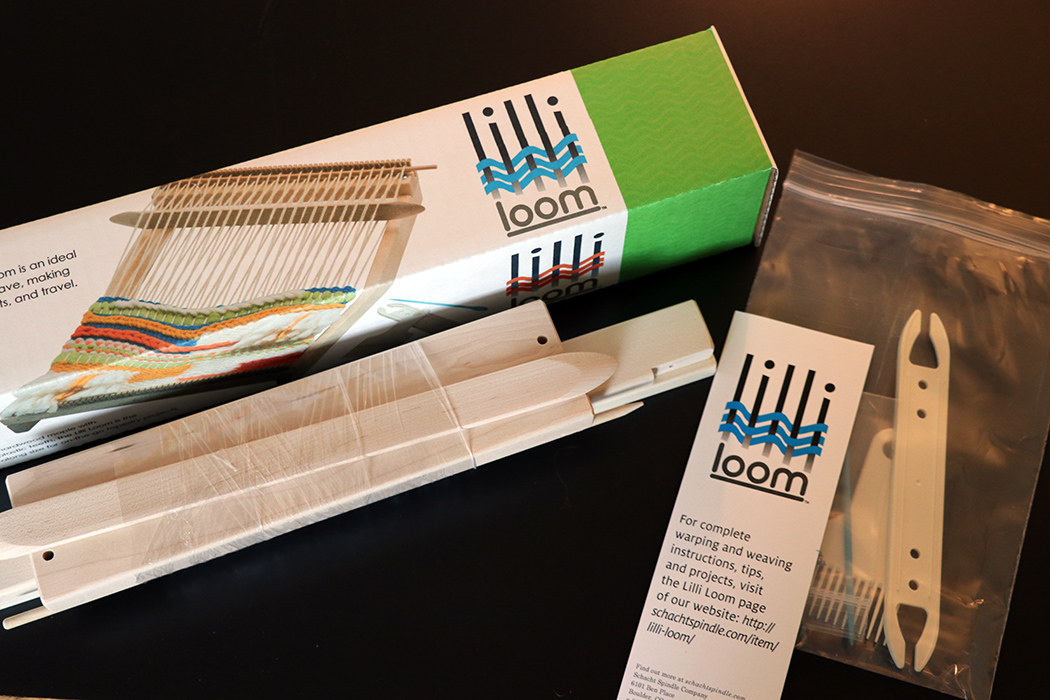At some point I realized that not everyone is like me in how they approach project completion. Astonishingly, there are actually people in the world who start one project at a time and then they finish it before moving onto the next one. Though this seems like an admirable trait when I have four different fiber projects on my studio table, it seems unlikely I will ever be the sort of person who works that way. I always have multiple projects in the works just like I am always reading more than one book and dreaming about more than one future.
Yesterday contained a wide-ranging variety of fiber tasks. From time to time I find it quite gratifying to finish up things that are almost done... tidying up the fringes of things.*
I decided before going to bed (far too late) Friday night that I was going to stay in bed in the morning and read Textiles from the Andes by Penelope Dransart & Helen Wolfe. I have collected a few books about Andean textiles over the years and Susan Iverson's recent visit prompted me to dig them out. The short Dransart book seemed like the easiest place to start. I was able to read the whole thing in an hour or so and do recommend this short book as an introduction to the fascinating world of Andean textiles. It has excellent photographs and did get me thinking about all the different ways Andean cultures have created textiles over the millenia.
From there I pulled out The Andean Science of Weaving by Arnold & Espejo. This large text was translated from Spanish a few years ago and is a deep dive into weaving techniques throughout the region. The discontinuous warp weaving is the thing that really has me flummoxed. I'll let you know if I figure it out! (Did you get that? Discontinuous WARP.)
After making some pancakes (sorry, no photos but they had blueberries), there was some mandatory spinning time to organize my brain.
I have been spinning on my Hepty** at home and a small Turkish spindle while hiking over the last few weeks. But a student question about using spindles for plying yarn and which spindle might be appropriate (if at all) prompted me to dig out a trio of spindles that a dear fiber supporter sent me last year. She was helping her sister clean out her house and her sister threw the spindles out. Nancy immediately snatched them up and sent them my way where they have so far enjoyed a fabulous life among the fibers.
I'm not someone who wants to have a spindle collection. There are fantastic spindles out there that are absolute works of art, but my collections are limited to books and yarn. I just want a few good fiber tools. I was testing this Maggie spindle (made by John at Magpie woodworks before the company was sold last year) Friday night along with a glass of wine and a Chef's Table episode. What a beautiful thing a well-made tool is. Like the Hepty next to it, the Maggie spindle spins beautifully straight and fast.
One only needs a few good tools. The Hepty and Maggie spindles are fantastic examples!
Next on my Saturday project pile was the Lilli Loom by Schacht Spindle Co. I'm going to be using this loom for the YarnFest classes I'm teaching in a couple weeks. Though this loom is very similar to a couple other Schacht looms I own, I wanted to have the exact loom the students would be using for some demo photos. Schacht provided and now I need to do some demo weaving for the class. But first I needed to put the loom together. (Isn't that logo great?)
A screwdriver and three minutes later, I had this:
Upon warping the loom, I realized the sett was a little narrower when warped double than I had anticipated... so there will be some more testing to make the warp sett match the yarn I'm bringing for the workshops. Here I'm weaving Harrisville Highland but the sett is not the 10 epi I thought it would be. It is definitely at least 11 and when some of the students don't put enough weft in and the sides start to narrow, the yarn won't cover. I believe my solution will be to warp at 8-9 epi. That will involve teaching twining, but I think they can handle it. Stay tuned for the riveting finale of "how Rebecca uses this new frame loom."
Schacht's Lilli Loom. Sampling for YarnFest 2018.
Then came the cartoon for the commission. I had traced out panels 1 and 3 a few days ago, but needed to get the second and most complicated panel traced onto acetate. It is tempting to wait on this task for a few months until I have to actually weave that panel, but common sense says to finish what I've started now while the tools I need and the paper cartoon are still all in one place. (Aren't you proud of me?)
Here I am tracing the third panel a few days ago in the only space in my house large enough to lay it out which also has hard floors conducive to drawing.
Rebecca Mezoff tracing the cartoon for a large commission onto acetate.
All three panels are now traced off and ready for the loom.
Finally a walk, a cup of tea, and a sit-down with a spindle and a book about Andean weaving.
Happy Saturday!
* Ever notice how often fiber metaphors show up in every-day speech? Multiple every day in conversations not related to fiber.
** Hepty spindles are made by Henry Edwards. You can see many more photos of them HERE.



